As the federally designated metropolitan planning organization (MPO) for its region, the Southeast Michigan Council of Governments (SEMCOG) is responsible for producing a comprehensive transportation plan. Referred to as the Regional Transportation Plan (RTP), this document identifies how the area’s infrastructure and multimodal transportation system will continue to meet the needs of the region for decades to come.
MPOs like SEMCOG use travel model forecasts to inform their plans. Previously, SEMCOG only used a trip-based regional travel demand model, which struggled to sufficiently meet the challenge of new and emerging policy and planning questions. This approach also neglected to capture small variations. In 2019, SEMCOG decided to develop a new activity-based travel demand model as a more sophisticated approach to model travel in their region.
The Challenge
Before 2019, while SEMCOG was using the trip-based model, the MPO noticed that it lacked the sensitivity it needed to accurately forecast how regional transportation would change alongside future population fluctuations and technology changes. Moreover, the rise of remote work and telecommuting created shifts in travel patterns that further necessitated a more sensitive travel demand model.
To better conduct the regional transportation planning required to support the RTP, SEMCOG contracted RSG to develop a new activity-based model that could more accurately capture and represent changing travel patterns and population levels.
RSG's Solution
RSG introduced a two-phase solution for SEMCOG. In phase one, we implemented a model framework for the MPO based on ActivitySim—an innovative, activity-based modeling platform—with minimal changes to its structure. During this time, we ran workshops with SEMCOG staff and partner agencies to provide discussions and training on how to use ActivitySim. Our team also prepared and formatted observed data in the ActivitySim platform so it could be compared to model forecast results to assess its accuracy.
In phase two, RSG’s project team enhanced the SEMCOG ActivitySim model in several ways. First, we designed, tested, and implemented a two-zone version of ActivitySim by introducing microzones (MAZ) to improve the spatial representation of model forecasts. We also implemented a model that allows SEMCOG to test, track, and assess the impacts of changes in transit subsidies, transit pass ownership, work-from-home levels, and telecommuting frequency. In addition, RSG developed a disaggregate commercial vehicle model in a separate contract to better represent the freight and truck movements in the region.
To conclude phase two and ensure accurate predictions, RSG developed and used a set of automated calibration tools and validated the model against detailed observed survey and count data. In collaboration with SEMCOG, our team also conducted a set of sensitivity analyses to ensure reasonable model behavior in the face of a change in population demographics, land use, highway and transit infrastructure, and the cost of transportation.
While SEMCOG is still undergoing a transition to the new and improved activity-based model, the enhanced detail and analysis capabilities will help them in both short-term and long-term transportation planning initiatives. In the future, SEMCOG plans on leveraging this model to analyze both the equity and environmental impacts of projects in the region.
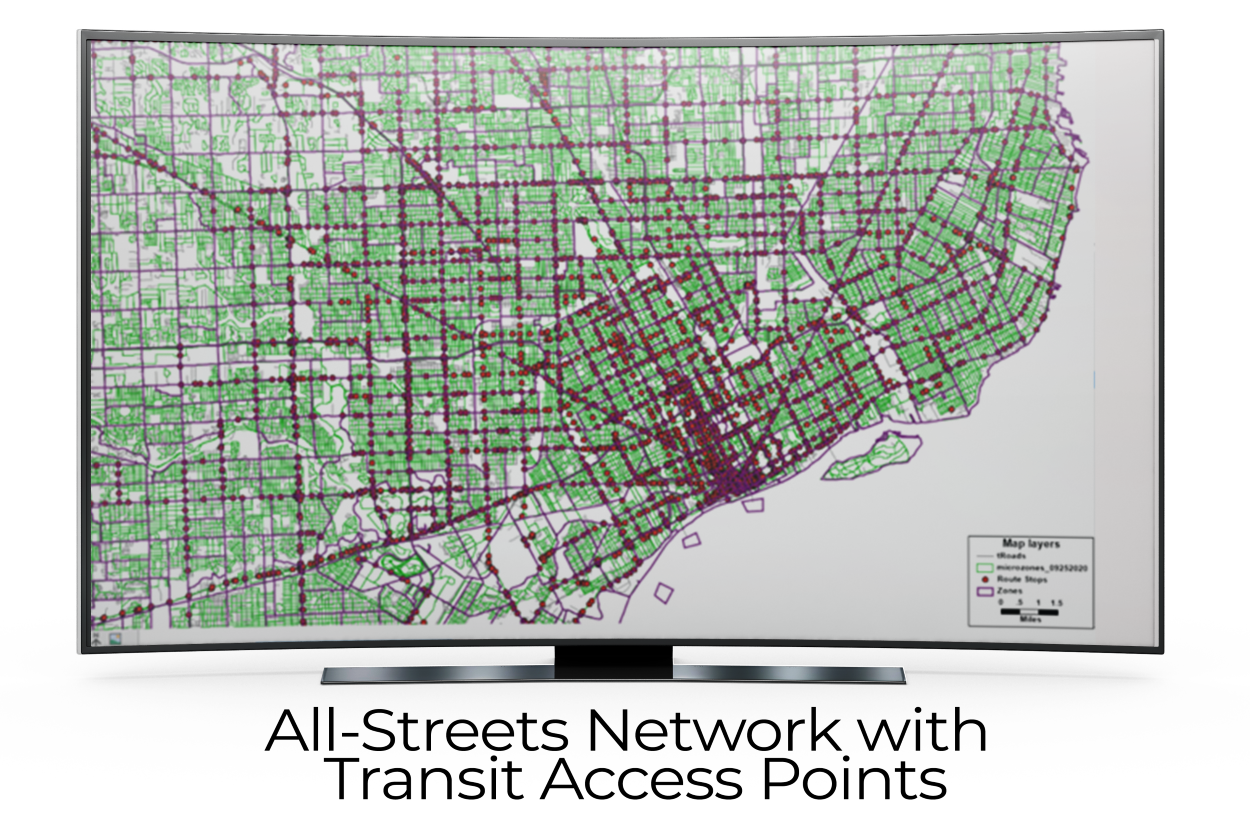
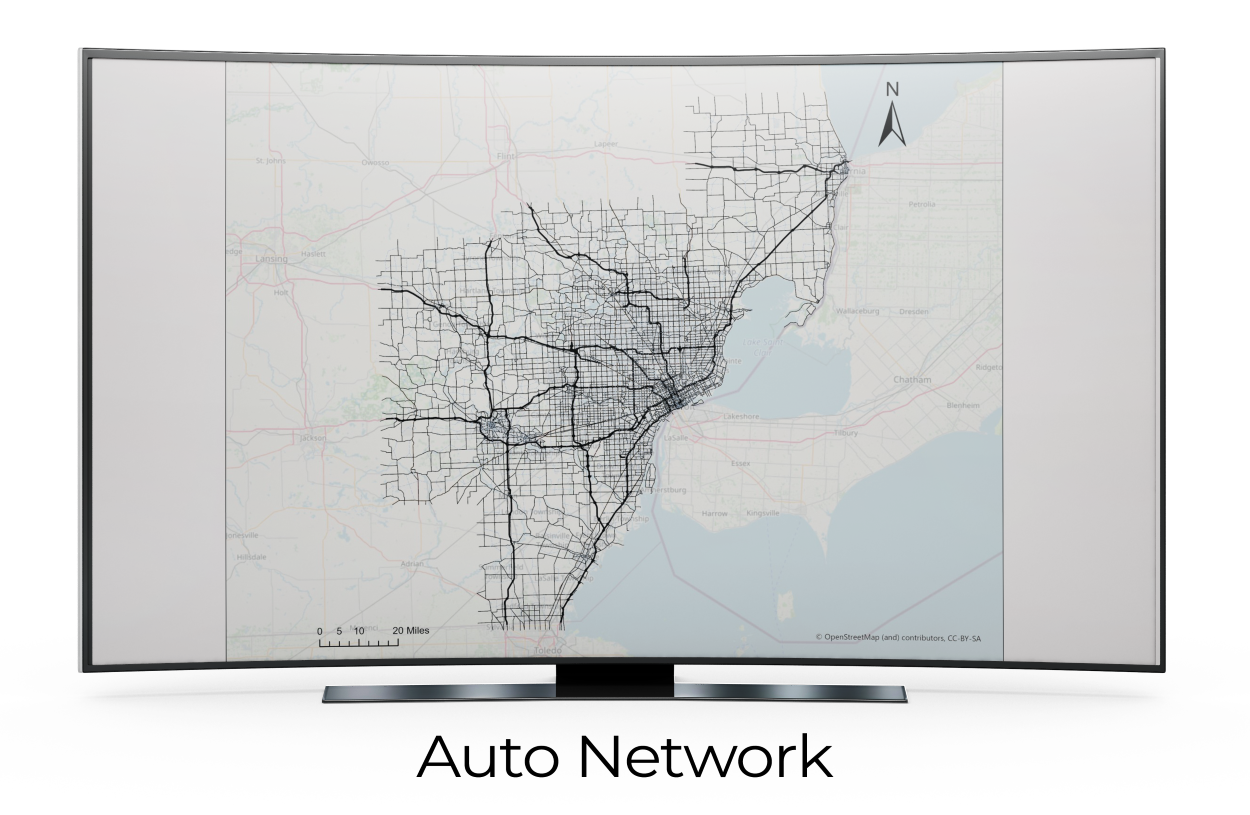
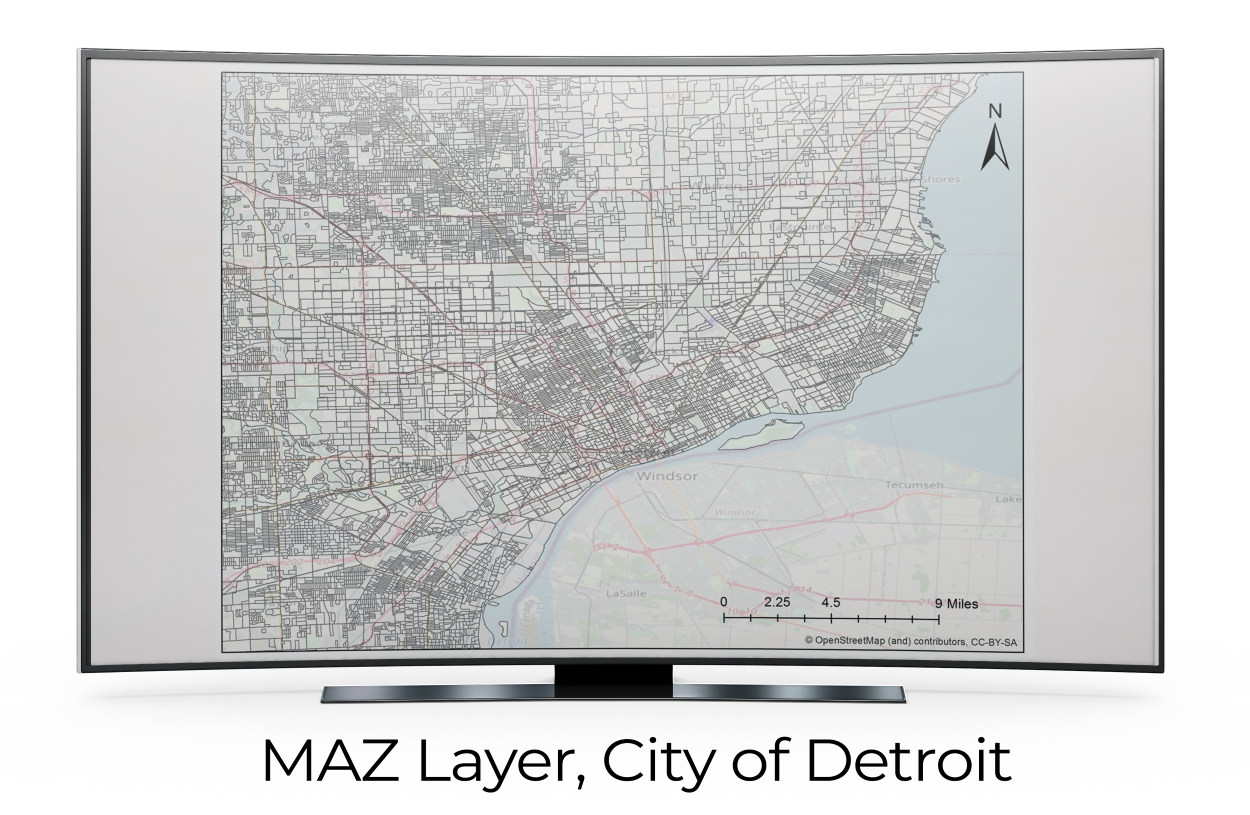
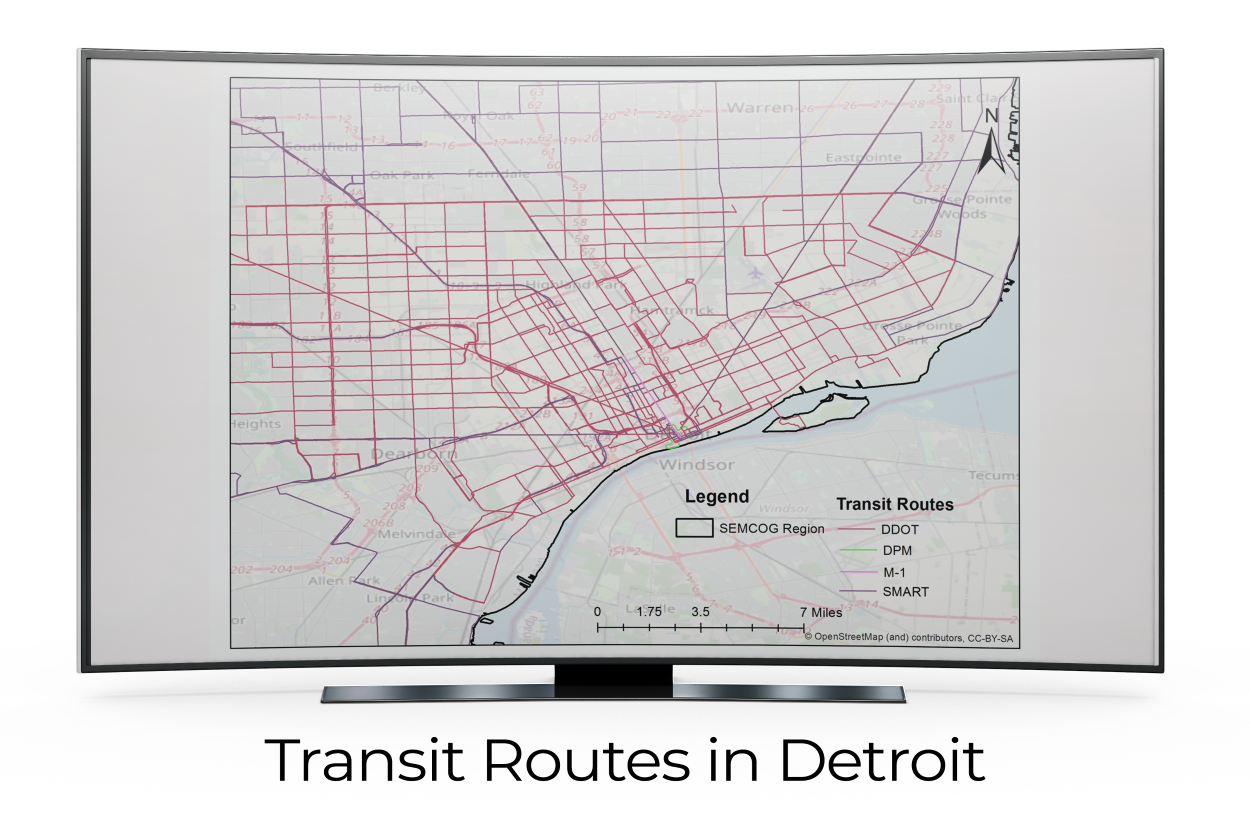
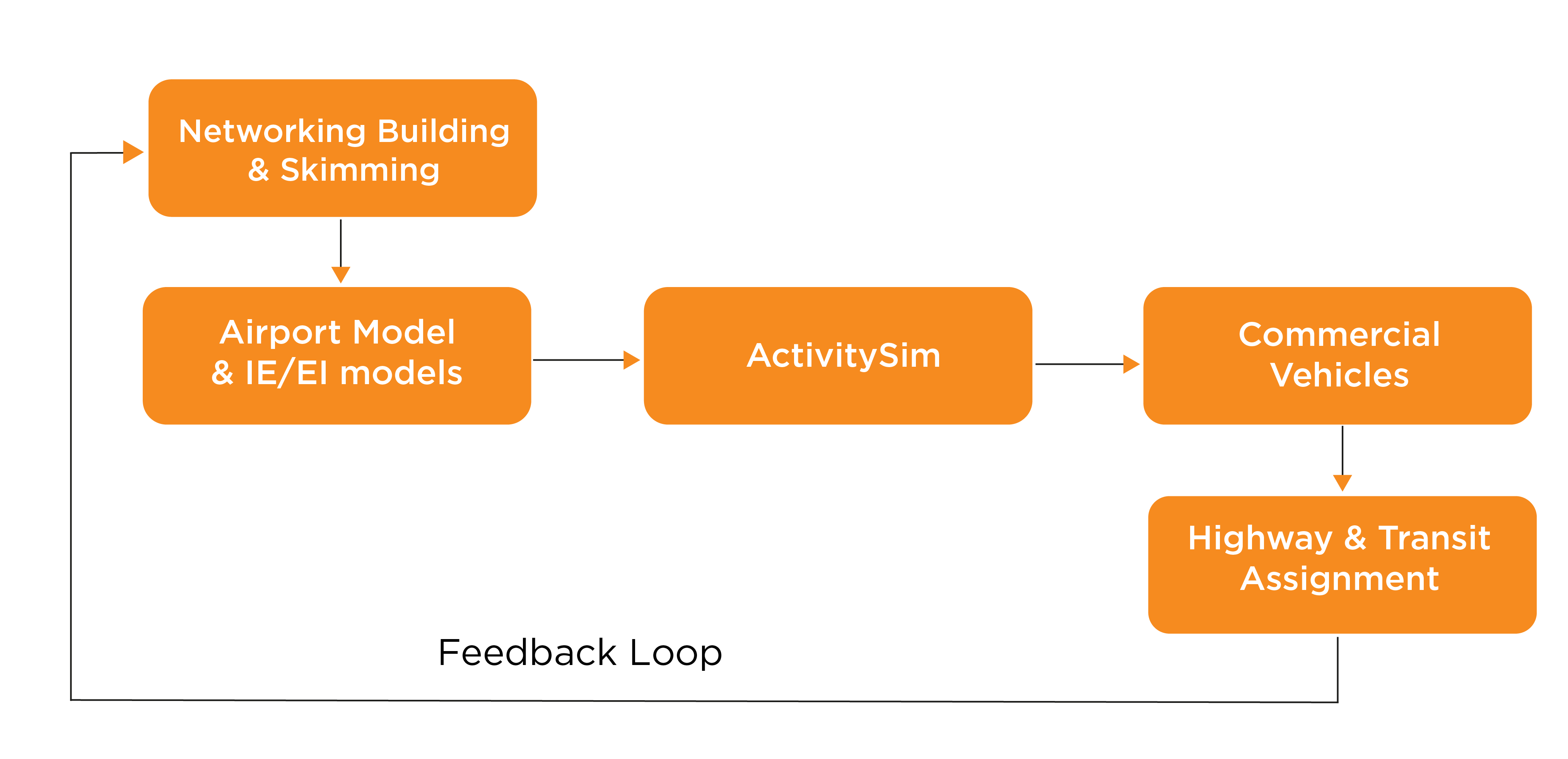
Download PDF
Can we stay connected?
Sign up for RSG emails to keep up with our news & insights.

